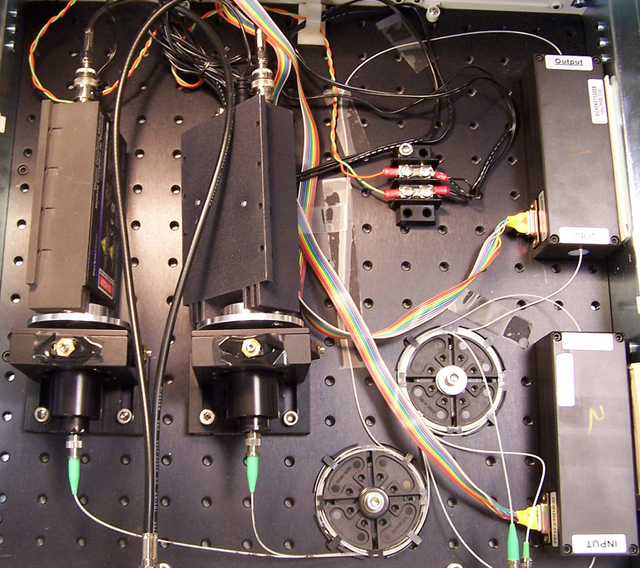Mere possibility of measurement makes QKD protocol secure
Ars Technica » Scientific Method 2014-05-22

Quantum key distribution (QKD) is the mostly-unused, super-secure protocol that even defeats the big nosy ears of the NSA. But QKD is quite difficult to get right. And, just like with classical cryptography, getting it wrong leaves your secrets rather exposed. In QKD, it is not so much that the security of the encryption is guaranteed, but that the secrecy of the key used to encrypt and decrypt information is guaranteed. Because quantum states are used to generate the key, it is possible to determine if a third party is trying to obtain the key.
Having an evil eavesdropper on the line is not disastrous; it simply means that more quantum bits must be sent to obtain a secure key. Unfortunately, this requires figuring out what fraction of quantum bits the attacker is intercepting. In practice, this can be a rather involved process, so it would be preferable to have a protocol that avoided this step entirely. This seems to be exactly what a group of Japanese and American researchers have demonstrated.
Let me self-plagiarize
Since I have written about the mechanics of QKD many times, let me pull a quote from a previous article:
Read 12 remaining paragraphs | Comments